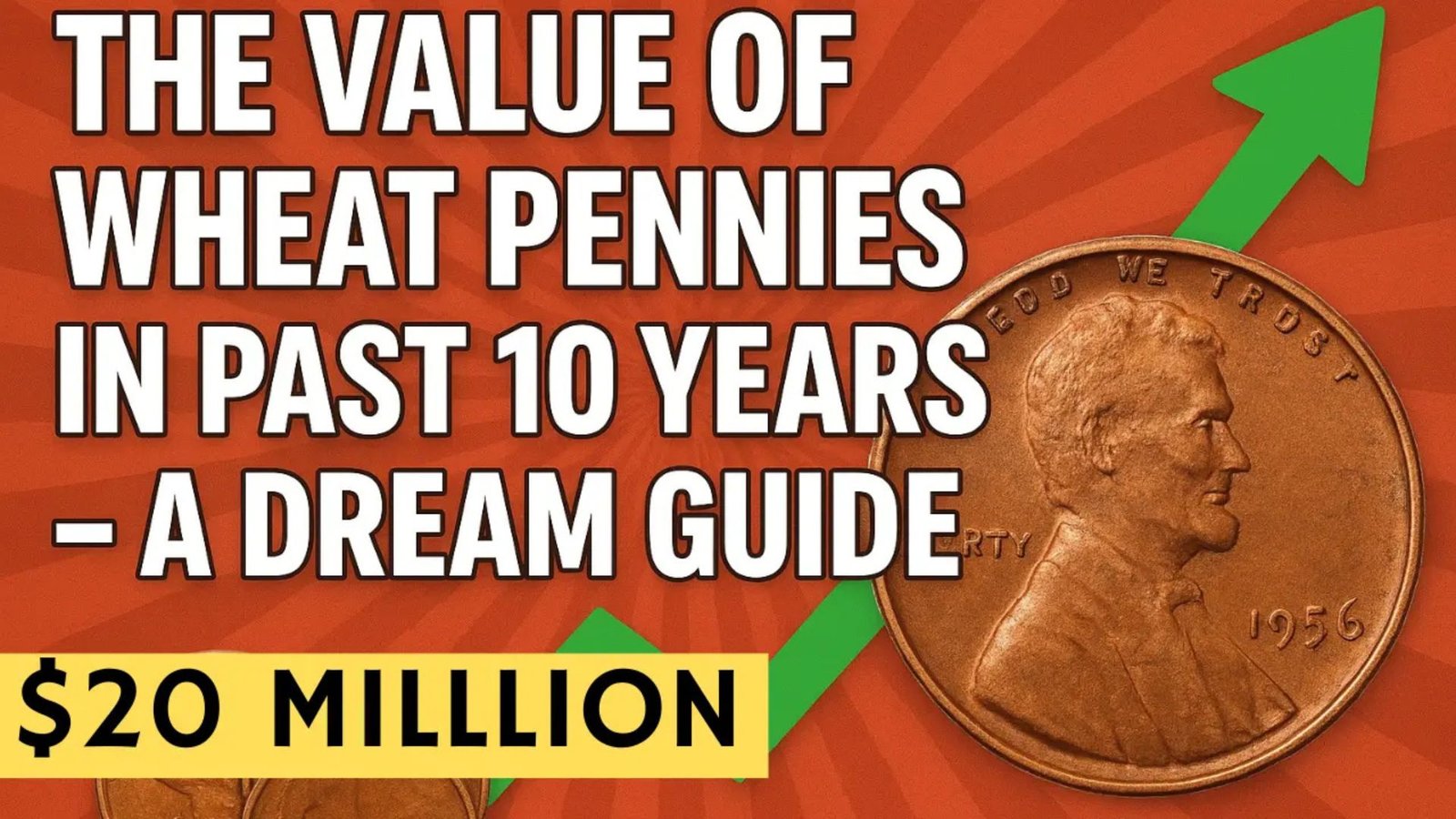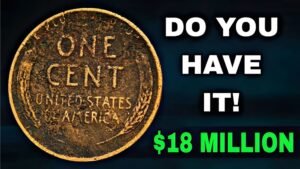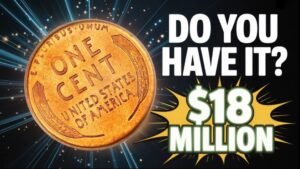What if the humble penny in your change jar was worth more than you imagined? Over the past decade, Wheat Pennies—those small copper coins with two stalks on the reverse—have become some of the most fascinating collectibles in US numismatic history. But what makes them so special, and how much are they really worth today? Let’s uncover the story behind these tiny treasures that have quietly climbed in value.
What Are Wheat Pennies?
Wheat Pennies, officially called Lincoln Wheat Cents, were minted from 1909 to 1958. Their reverse design features two wheat ears flanking the words “One Cent,” symbolizing prosperity and abundance. For decades, they circulated as everyday money, but now, collectors view them as historical relics representing a bygone era of American minting.
A Brief History of the Wheat Penny
Introduced in 1909 to honor the 100th birthday of Abraham Lincoln, the Wheat Penny was the first US coin to feature a real person. Its designer, Victor D. Brenner, placed his initials “VDB” on the reverse, which initially caused controversy, leading to their temporary removal. This short-lived design variation created one of the most valuable pennies ever — the 1909-S VDB, a legend among collectors.
Why Wheat Pennies Are Valuable Today
The value of Wheat Pennies isn’t just in their metal—it’s in their history, rarity, and condition. Over the past 10 years, collector demand and rising interest in small-denomination coins have pushed their prices upward. Coins that once traded for a few cents now fetch hundreds or even thousands. The charm lies in their unpredictability—some rare varieties hide unnoticed in old coin jars, waiting to be discovered.
Wheat Penny Value Trends (2015–2025)
| Year | Average Price (Common Dates) | Rare Varieties Avg. Value | Market Trend |
|---|---|---|---|
| 2015 | $0.10 – $0.50 | $100 – $2,000 | Stable |
| 2017 | $0.15 – $0.75 | $200 – $3,000 | Rising interest |
| 2019 | $0.20 – $1.00 | $500 – $5,000 | High demand |
| 2021 | $0.25 – $1.50 | $750 – $7,000 | Bullish growth |
| 2023 | $0.30 – $2.00 | $1,000 – $10,000+ | Record highs |
| 2025 | $0.50 – $3.00 | $1,500 – $12,000+ | Stable-strong |
| In the past decade, even circulated Wheat Pennies saw modest growth, while key dates like 1909-S VDB, 1914-D, and 1931-S soared in value. |
Most Valuable Wheat Pennies in Recent Years
| Coin | Mint Year | Estimated Value (2025) | Reason for Value |
|---|---|---|---|
| 1909-S VDB | 1909 | $1,000–$12,000 | First edition, limited mintage |
| 1914-D | 1914 | $300–$10,000 | Scarce Denver mint coin |
| 1922 No D | 1922 | $500–$15,000 | Rare mint error |
| 1931-S | 1931 | $100–$5,000 | Depression-era scarcity |
| 1943 Copper | 1943 | $100,000+ | Mistaken copper strike during WWII |
| 1955 Doubled Die | 1955 | $1,500–$20,000 | Double die mint error |
What Drives Their Increasing Value
Several factors make Wheat Pennies a growing collector favorite. First, they represent a tangible piece of American history. Second, as the supply dwindles (with more coins hoarded or damaged), the remaining examples increase in value. Finally, social media and online coin markets have introduced new generations to coin collecting, fueling modern demand.
Expert Tips for Collectors
1. Check Mintmarks: Rare varieties often come from specific mints like San Francisco (“S”) or Denver (“D”).
2. Focus on Condition: A shiny uncirculated penny can be worth 100 times more than a worn one.
3. Learn to Spot Errors: Variations like double dies or missing mintmarks can multiply value dramatically.
4. Get Professional Grading: Submitting coins to PCGS or NGC can certify authenticity and boost value.
5. Preserve Properly: Store coins in acid-free holders to avoid oxidation or damage.
FAQs About Wheat Pennies
Q: Are all Wheat Pennies valuable?
A: Not all. Common dates from the 1940s–50s are worth a few cents, but rare ones can fetch thousands.
Q: How can I tell if I have a rare Wheat Penny?
A: Look for mintmarks, unusual designs, or visible errors. Compare with online value charts.
Q: Should I clean old pennies?
A: Never clean coins; it reduces value. Leave them in original condition.
Q: Where can I sell Wheat Pennies?
A: Online auctions, coin shows, or certified dealers are ideal places for selling valuable pieces.
Conclusion: A Penny’s True Worth May Surprise You
The Wheat Penny’s journey from everyday coin to collectible treasure is one of the most fascinating stories in American currency. Over the last decade, its steady climb in value has proven that even the smallest coin can carry a big story—and a bigger price tag. So, before you overlook that old copper coin, take a second look. You might just be holding a piece of numismatic gold.




